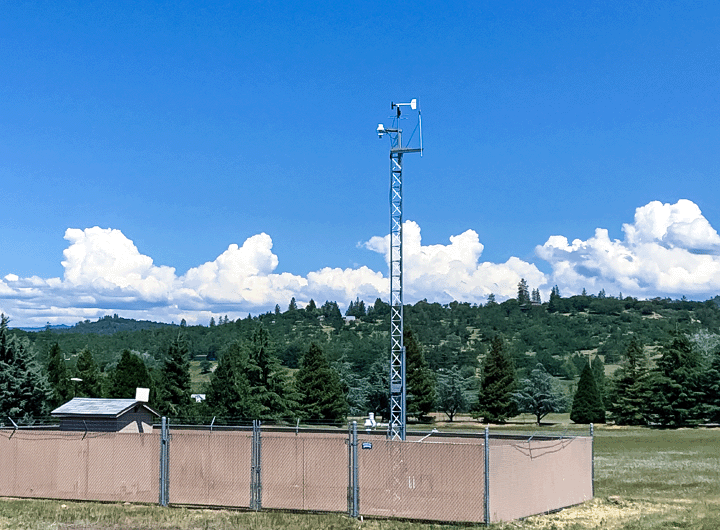Thought Leadership
A Call to Action: Climate Change Mitigation in the Environmental Field

This post was originally written by Tessa Shabram, former MFA Staff Engineer.
At MFA, our core purpose is strengthening communities. For many of our projects, strengthening communities involves cleaning up contaminated sites and developing new community amenities. As we enter the last decade in which we can act on the climate crisis before likely irreparable damage occurs, we recognize that climate change is the ultimate environmental issue impacting our communities, and that our efforts to improve communities must be done in ways that minimize our climate impact. Recent extreme weather events in the Pacific Northwest and beyond are a reminder that we are in an all-hands-on-deck emergency.
Our climate change mitigation strategies for environmental services
Solutions to the climate crisis are needed from everyone, everywhere, and at every level. MFA is working to do our part. Project strategies that we’re starting to put into place and that others in environmental services can use to consider sustainability and climate change include:
- Remembering the basics: Are we looking to reuse, repurpose, reclaim, and recycle resources where possible?
- Monitoring miles traveled for project completion: Can we reduce miles traveled by joining meetings by phone or camera, or can we combine trips for multiple purposes? Do we need an SUV, or can we choose a sedan or hybrid/electric rental option?
- Collaborating with clients, stakeholders, and agencies to prioritize minimizing greenhouse gas emissions throughout the work processes or the overall project: Are we starting the conversation early and raising the importance of greenhouse gas reduction and climate mitigation considerations in our work?
- Reviewing material quantities and sources: Are there opportunities to reduce the amount of material needed, and thus reduce emissions from haul trucks driving to and from the site? Can we partner with local consultants and contractors to minimize long-distance traveling?
- Reviewing project waste estimates: Are there opportunities to minimize the volume of waste sent to landfills? Can excavated soil be managed on site or reused beneficially? If not, can the disposal facility use excavated soil as additional daily cover?
- Considering carbon capturing opportunities during material processing. Carbon capture may become a competitive edge in the years to come. Some facilities processing iron and producing concrete are already working to reduce emissions from these carbon-intensive processes.
- Looking for opportunities to implement an ecosystem design: Can we create a carbon sink (tree plantings, wetland creation, etc.)?
- Considering life-cycle cost: Are there design decisions that can be made now that not only save greenhouse gas emissions, but also save long-term costs later when the project is complete and in operation?
By asking these questions, we are actively working to improve our efforts to mitigate climate change where we can, and we encourage you to do so as well.



